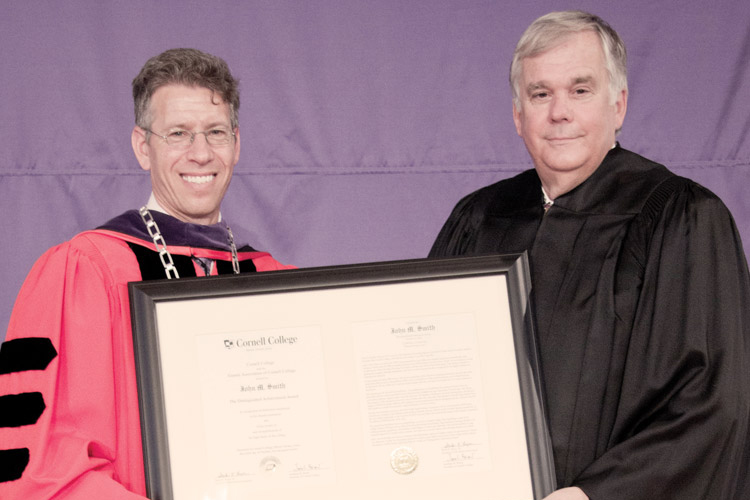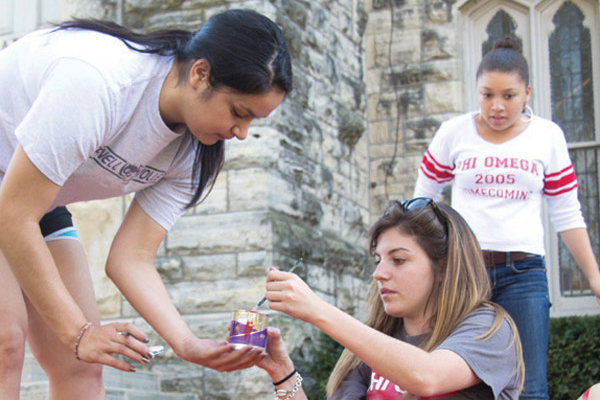In Brief
Gathering of the Rams
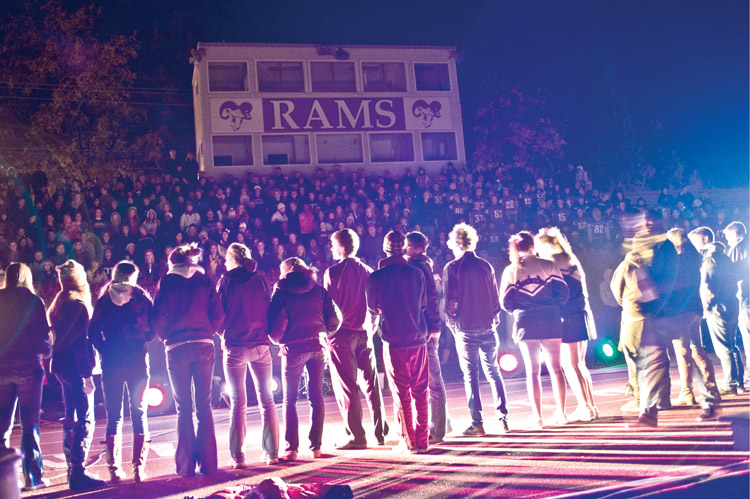
Doug Hanson Retrospective
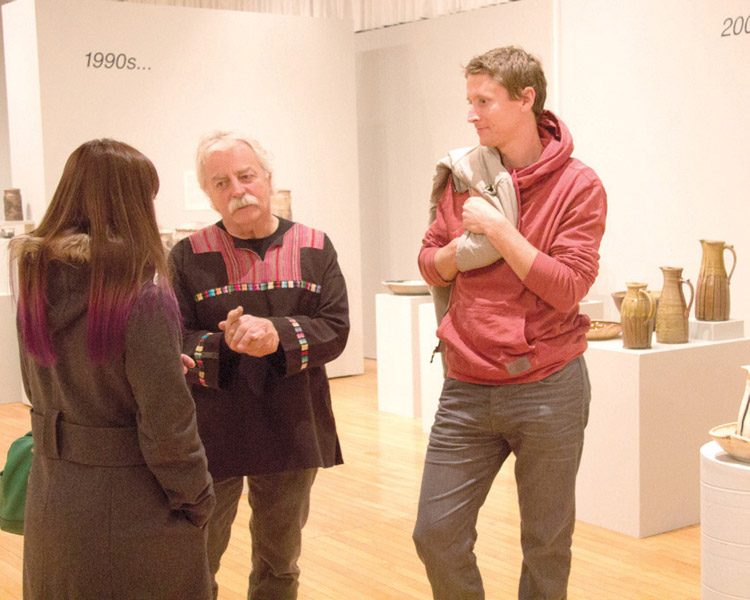
Three alumni win Fulbrights
Three Cornellians—two members of the Class of 2012 and one from the Class of 2009—recently earned Fulbright grants from the U.S. State Department.
Chris Stadler ’12 and Will Dinneen ’12 teach English in Germany and Turkey, respectively. Lucio Tolentino ’09 is in South Africa, working with statistical modeling to help predict and prevent the spread of HIV.
“The depth of the Cornell experience and my involvement in both curricular and co-curricular programs made me a very strong candidate,” said Dinneen. “The expertise and personal support of my professors and advisors made my Fulbright application very competitive. Cornell made this Fulbright possible for me.”
Learning the (purple) ropes
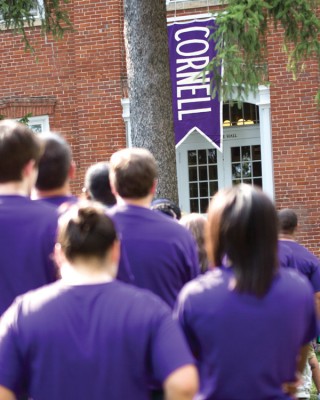 New students arrive on campus six days before the start of classes and spend those days acclimating to Cornell and its environs. They learn the fight song, the names of buildings, and how to navigate campus. The goal of New Student Orientation—NSO—is to set new students up for success in the classroom and around campus. By the time the week is over, they’ve made friends, learned about the history of Cornell, met with their academic advisor, and even performed community service. On the first day of orientation, the students, faculty, staff, and parents gathered behind College Hall for a convocation where the class of 2016 was officially welcomed into the Cornell family.
New students arrive on campus six days before the start of classes and spend those days acclimating to Cornell and its environs. They learn the fight song, the names of buildings, and how to navigate campus. The goal of New Student Orientation—NSO—is to set new students up for success in the classroom and around campus. By the time the week is over, they’ve made friends, learned about the history of Cornell, met with their academic advisor, and even performed community service. On the first day of orientation, the students, faculty, staff, and parents gathered behind College Hall for a convocation where the class of 2016 was officially welcomed into the Cornell family.
Class of ’16 by the numbers
The class of 2016 comes from across the state, across the country, and across the world. They are presidents of clubs and players of musical instruments, athletes, artists, and academics. These 347 students—the most diverse class ever at Cornell—have something in common now: They will take on their education One Course At A Time.
They represent:
- 13 valedictorians
- 8 salutatorians
- 57 students who held a 4.0 or better GPA
- 34 class or organization presidents
- 69 captains of sport
- 16% editors of newspapers or yearbooks
- 33% varsity athletes
- 31% musicians
- 21% were involved in theatre
Girls allowed
As of this year there are no more all-male residence halls on campus. According to Ryan Reinhart, director of residence life, on the most recent student satisfaction survey only one student indicated that an all-male residence hall was important. So Rorem Hall, which last year was all-male, has gone co-ed.
This isn’t the first time that men haven’t wanted a residence hall all to themselves. South Hall was built in 1873 as a male residence hall, but Cornell’s men resented having to live under strict faculty supervision.
There are, however, still two all-female residence halls: Dows, which primarily houses first-year students, and Bowman-Carter, which was the first all-female residence hall west of the Mississippi.
The liberal arts advantage
Many Cornell grads probably already know how well prepared they were for life after college, but a major national survey showed that students at selective, rigorous liberal arts institutions learn more, graduate sooner, are better prepared, and have a more positive view of their education than students at other kinds of schools.
The survey, commissioned by the Annapolis Group, a consortium of liberal arts colleges that includes Cornell, validated the claims colleges have been making for years: That small class sizes, personal relationships with professors, and challenging assignments make liberal arts colleges the best value in higher education.
Percentage of alumni who reported benefiting “very much” from high-quality, teaching-oriented faculty:
- Annapolis Group liberal arts colleges: 79%
- Private universities: 63%
- Top 50 universities: 39%
- National flagship publics: 40%




